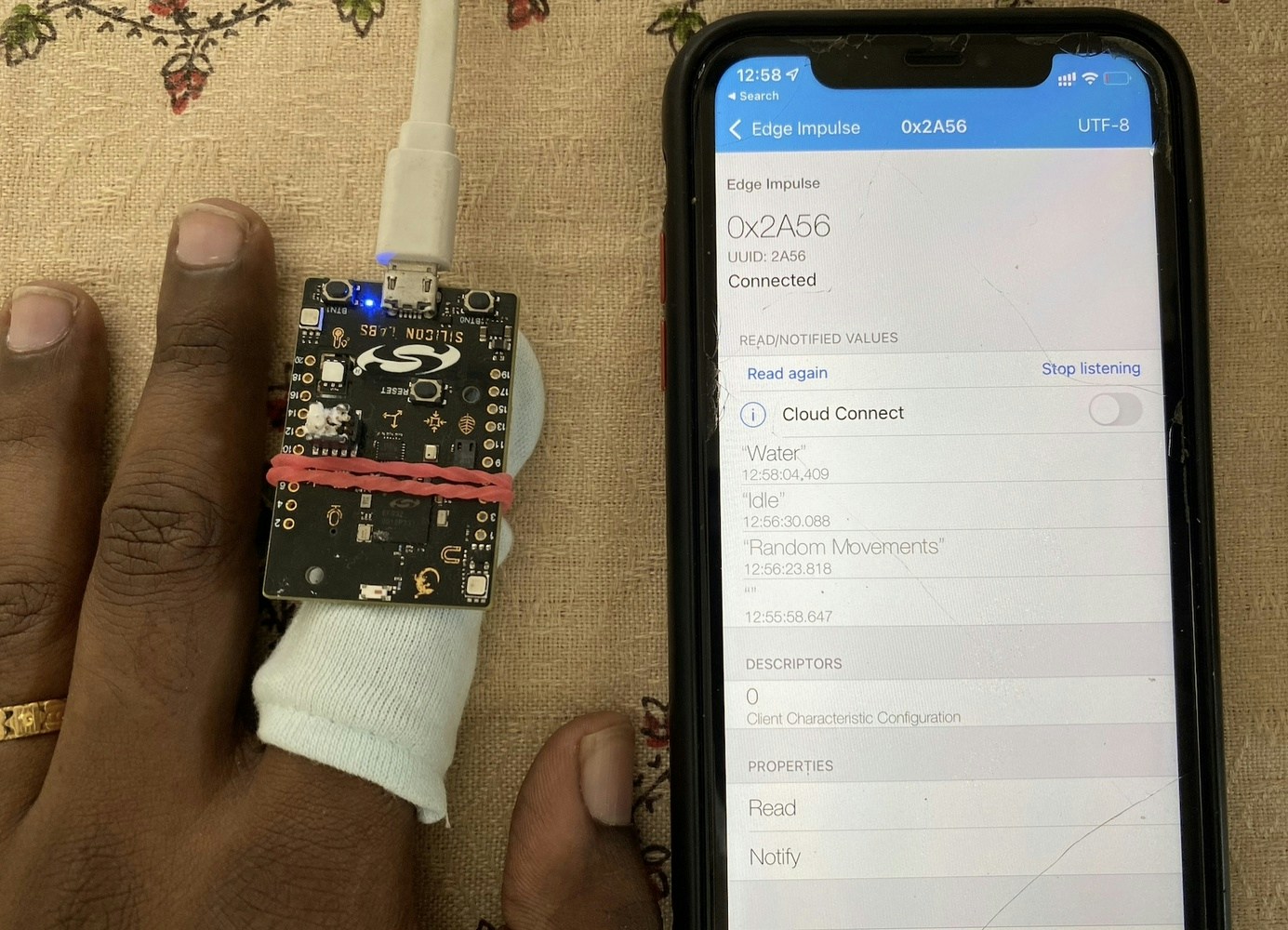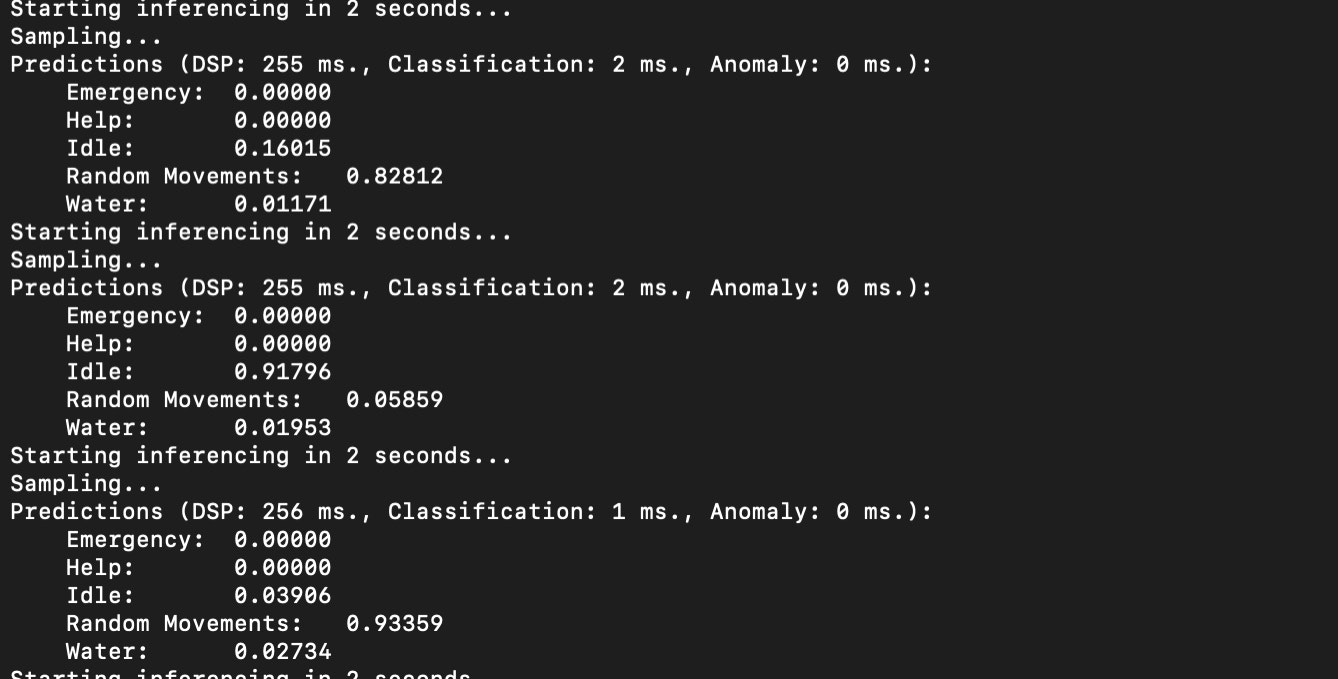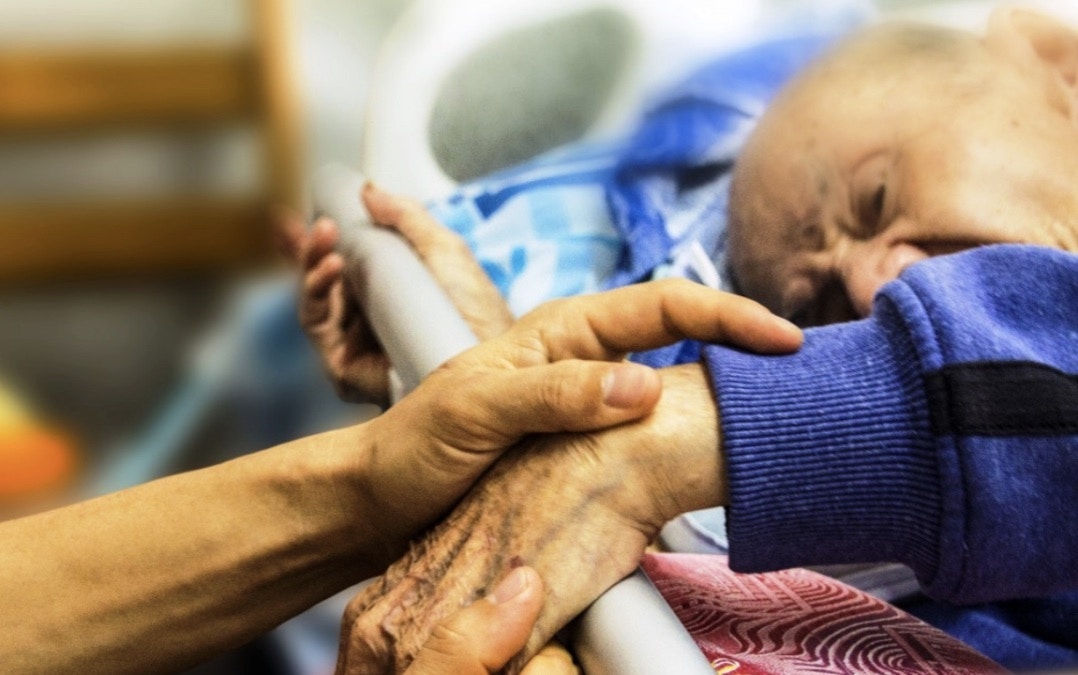
Problem Statement
Some hospital patients, elderly people, or patients require constant monitoring might need support at any time. However, they may have difficulty communicating due to injuries, mental ability, energy level / effort, glucose level, or other reasons. It can also be challenging for caretakers to tend to all patients.TinyML Solution
I have created a wearable using a SiLabs Thunderboard Sense 2, which can be fitted to the patient’s finger. The patient can call the caretakers by tapping their finger, or rotating it, and the tinyML model running on the hardware will predict the gesture and communicate to the caretakers through BLE communication. The caretakers can get notified in the Light Blue Application on their devices.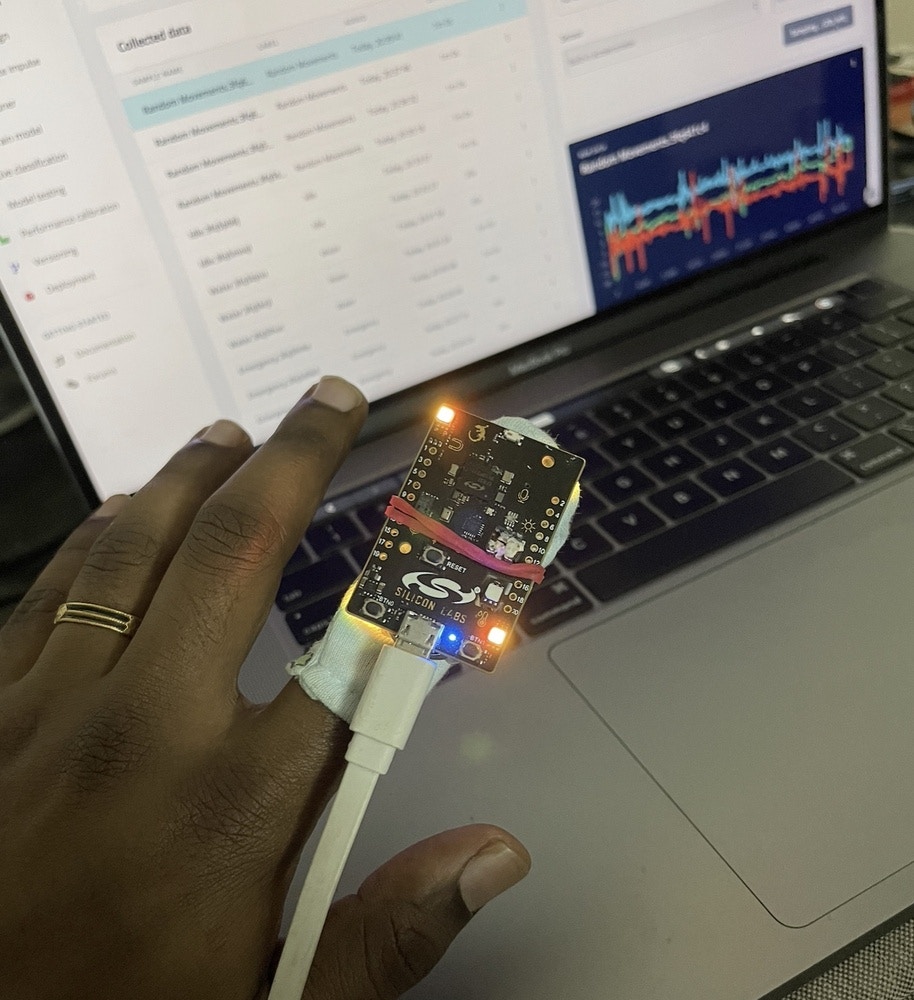
Wearable Prototype
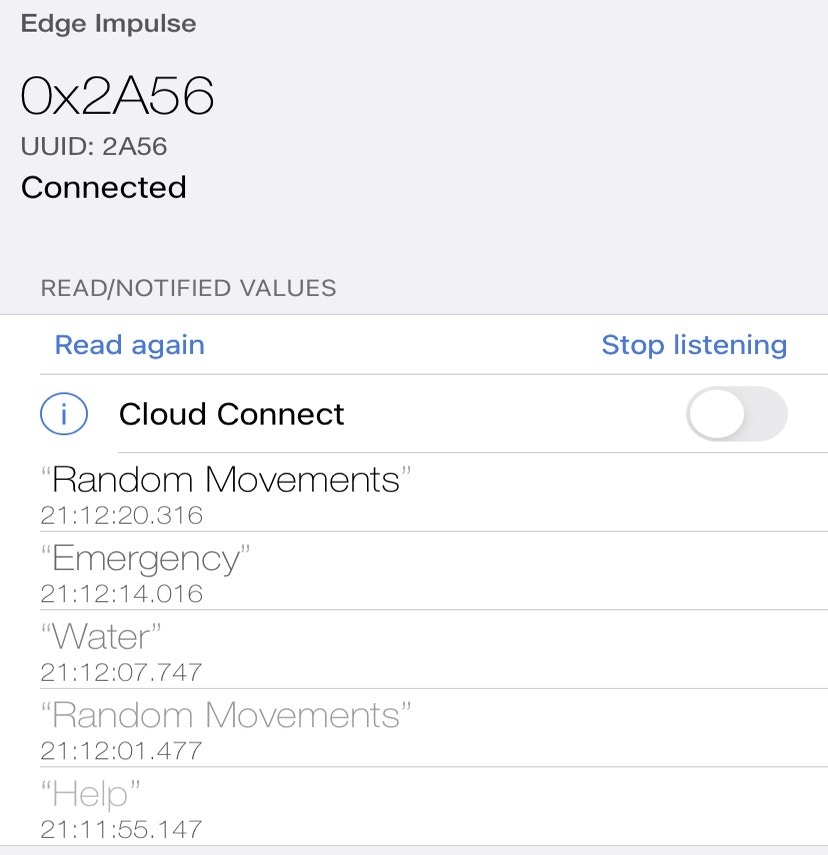
Predicted Model Result in LightBlue App
- Help
- Emergency
- Water
- Idle
- Random Movements
Data Acquisition
Connect the Thunderboard Sense 2 board to your system and flash the firmware from this link.
edge-impulse-daemon
Now your board is connected to your Edge Impulse account. I have used a cloth finger cover and attached the SiLabs board with a rubber band.
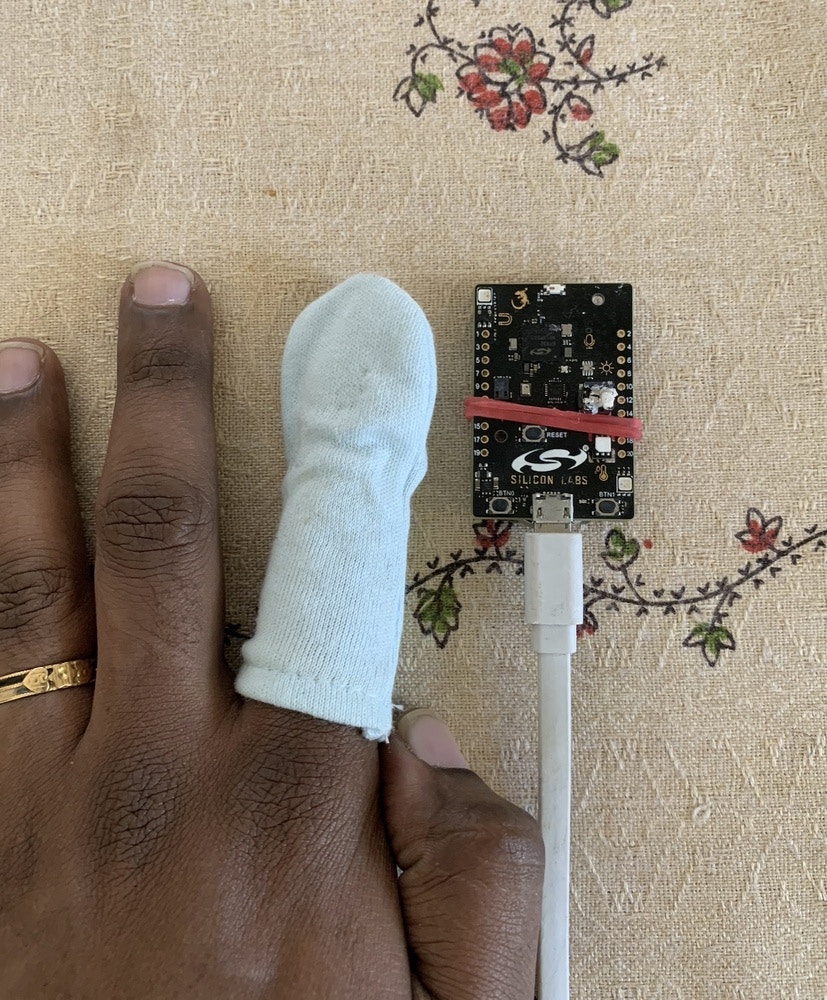
Help
To get any support from caretakers, the patient can use this gesture. For gesture - “Help”, I have just tapped my hand on the flat surface gently with 1 second delay. Let’s say for each second, I have done one tap action. I have collected 2 minutes of “Help” data for training and 20 seconds of data for testing.
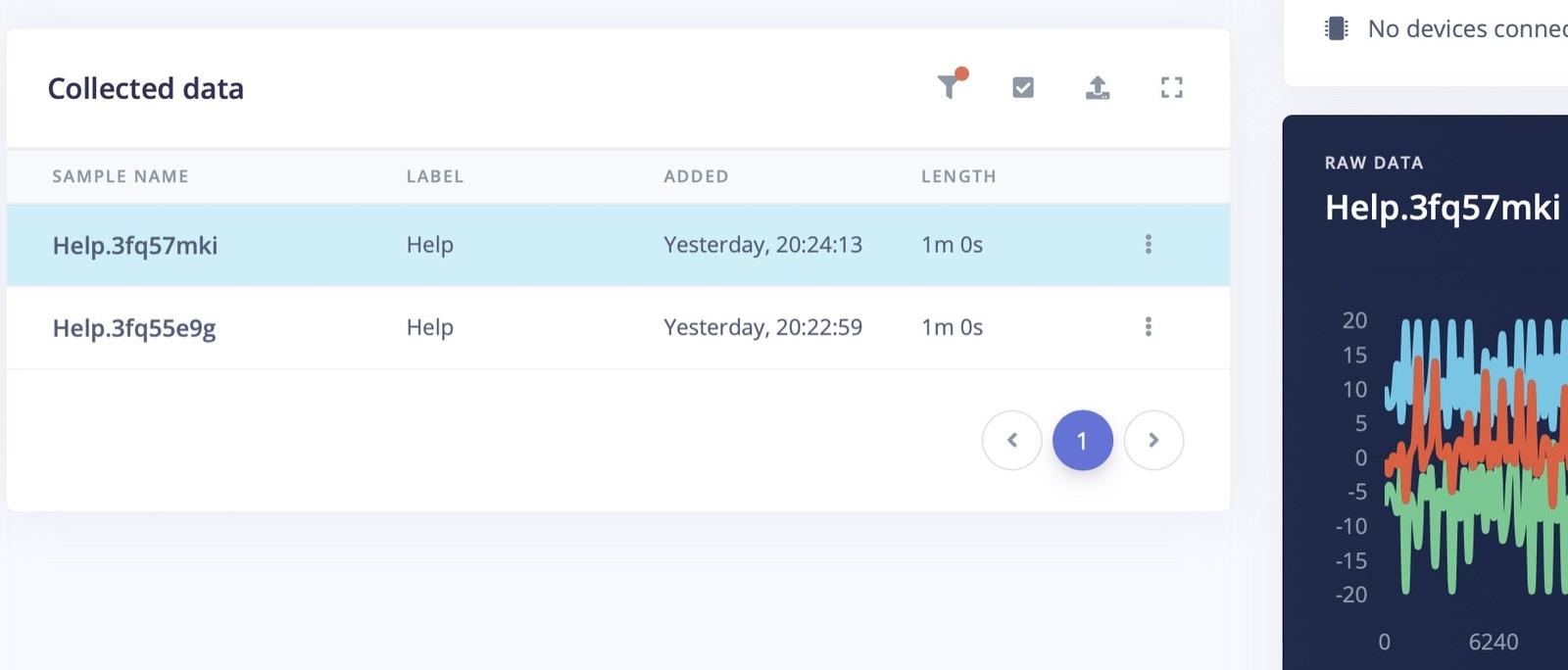
Emergency
For “Emergency” action, I have continuously tapped the finger with a SiLabs board on a flat surface for five times without any delay. I repeated this process for about 2 minutes to collect enough training data, and another 20 seconds for testing data.
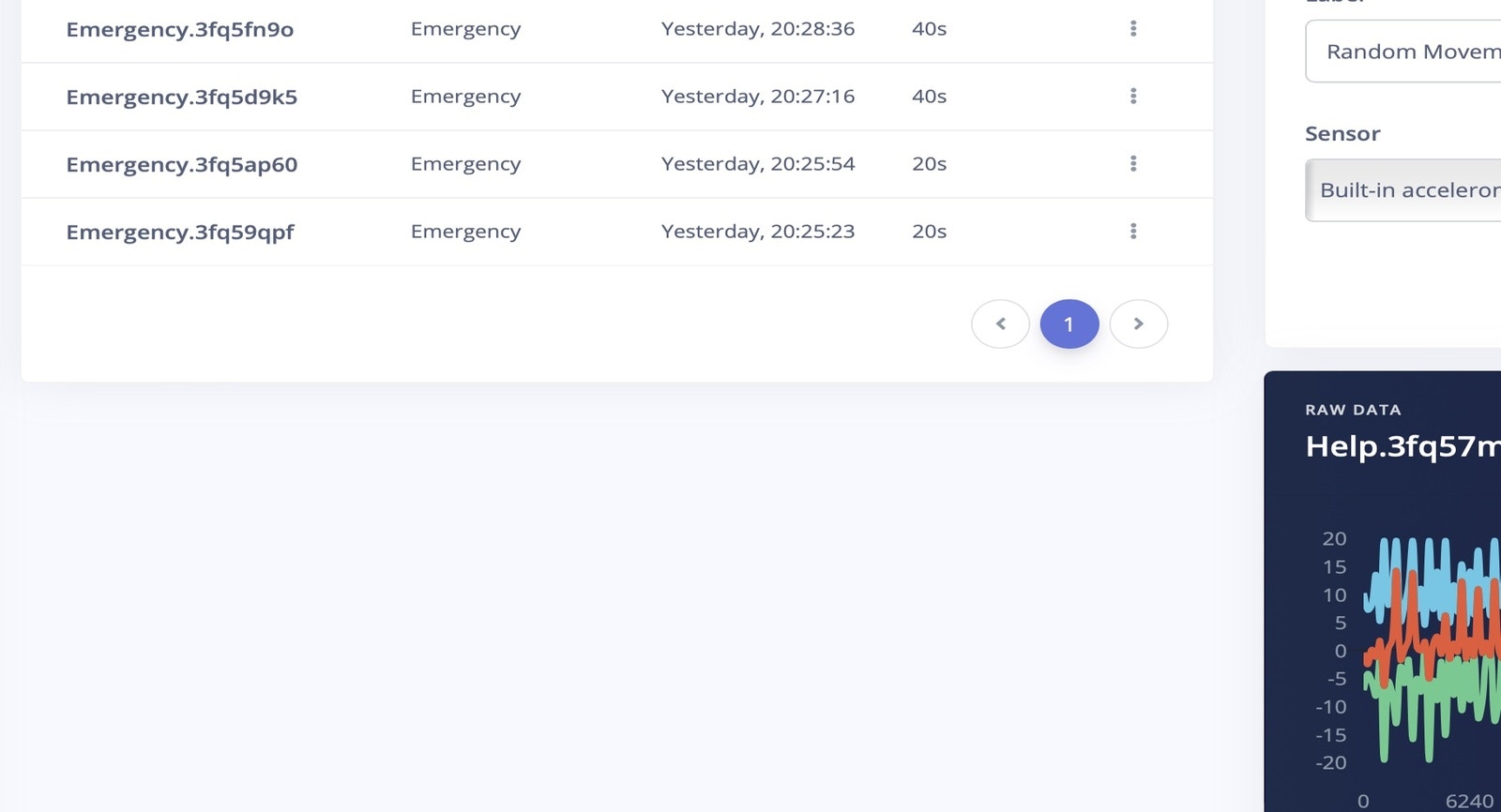
Water
For basic needs like water, food etc. the patient can use this gesture to communicate. This helps caretakers understand the needs in advance and bring water to them. Lift the hand slightly from the surface, and move it sideways left and right a few times. Again, I have collected 2 minutes of data for model training, and 20 seconds data for testing.
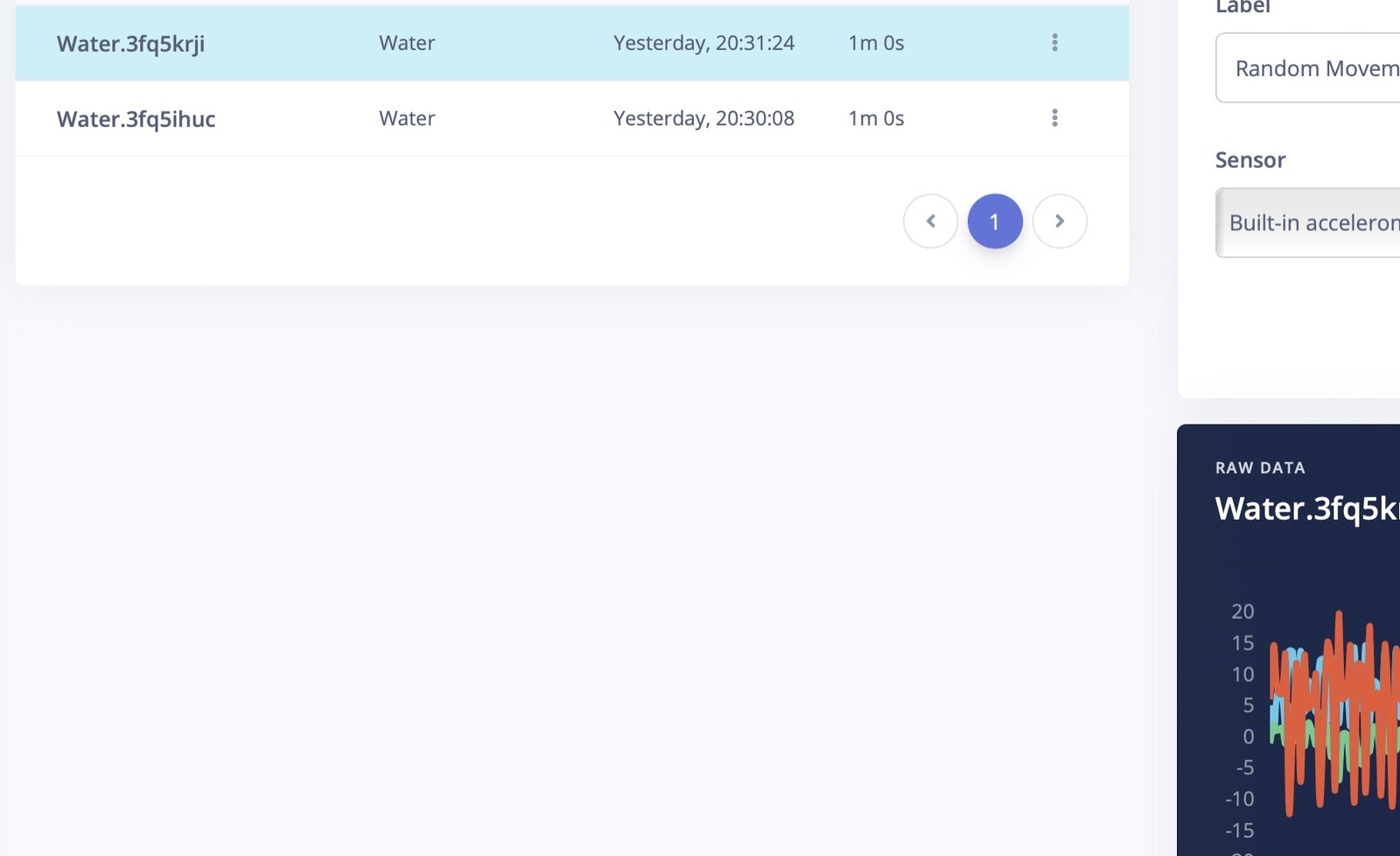
Idle
Idle action is when the patient is sleeping or keeping their hands idle for some time. This data is collected and trained so that it is differentiated from other actions.Random Movements
The model is trained on other movement data like walking, combing hair, getting a drink, etc. Again this is for differentiation.Create Impulse
Now we have 10 minutes and 20 seconds of data. And the data is split into a 84:16 ratio as training and testing data.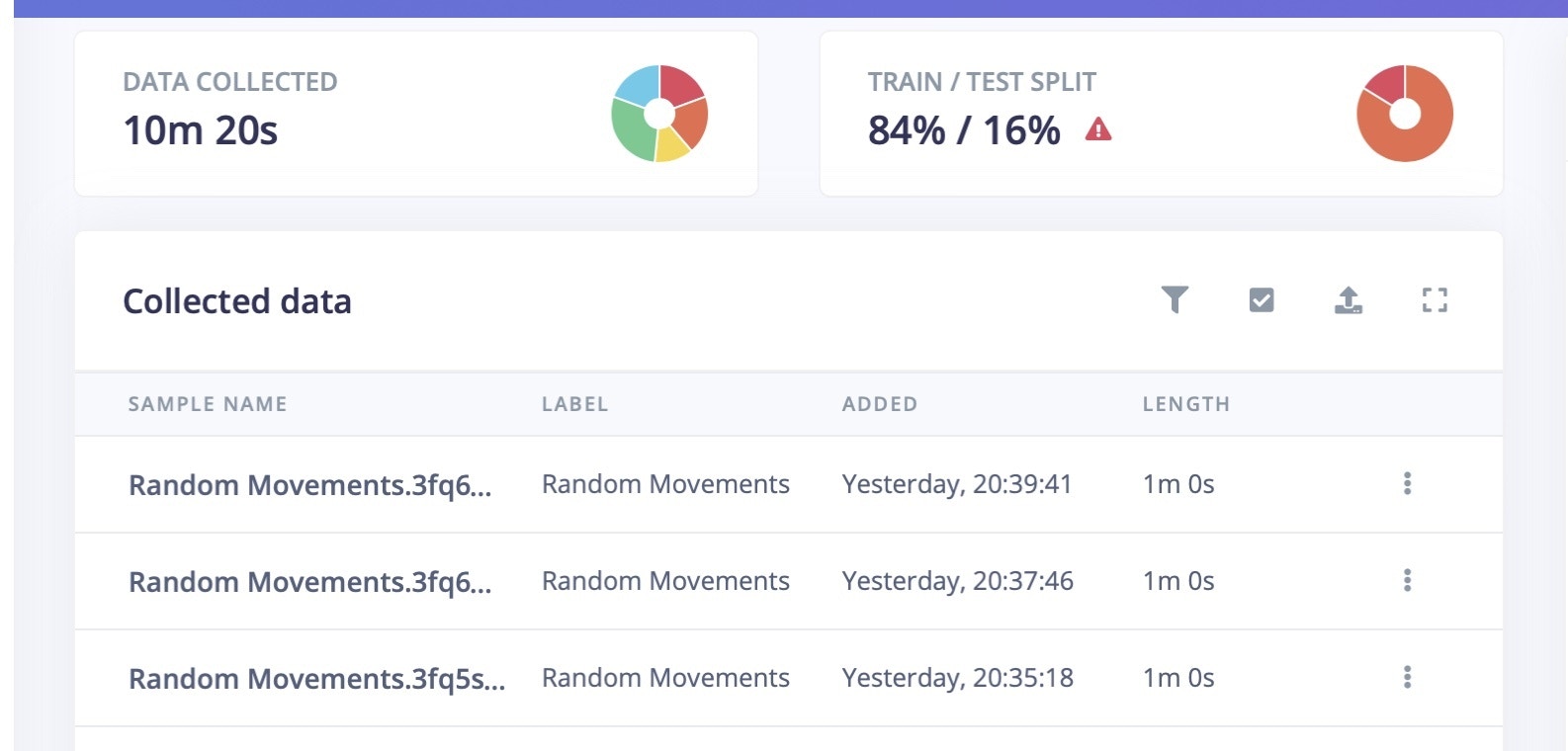
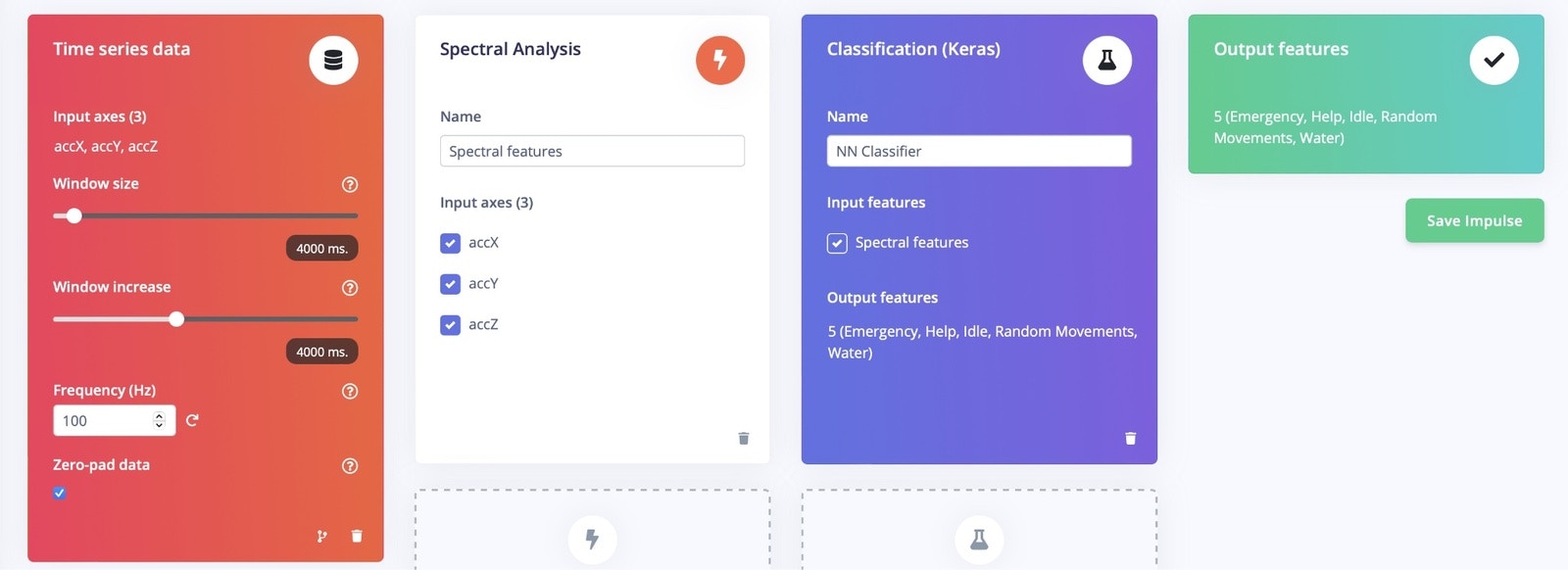
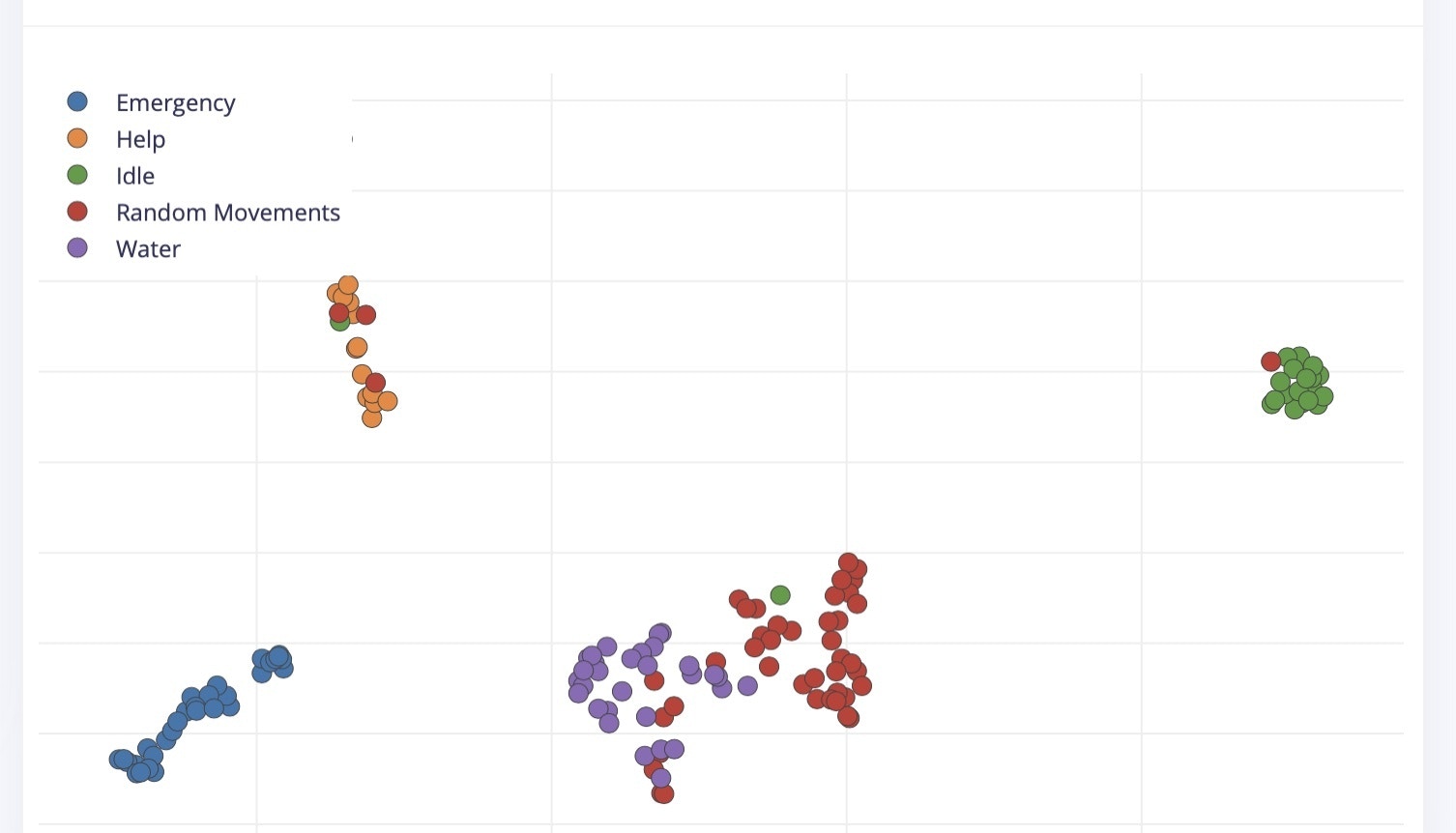
Model Training
In Model training, I have used sequential dense neural networks, and the learning rate is set to 0.0005 and the training cycle is 100.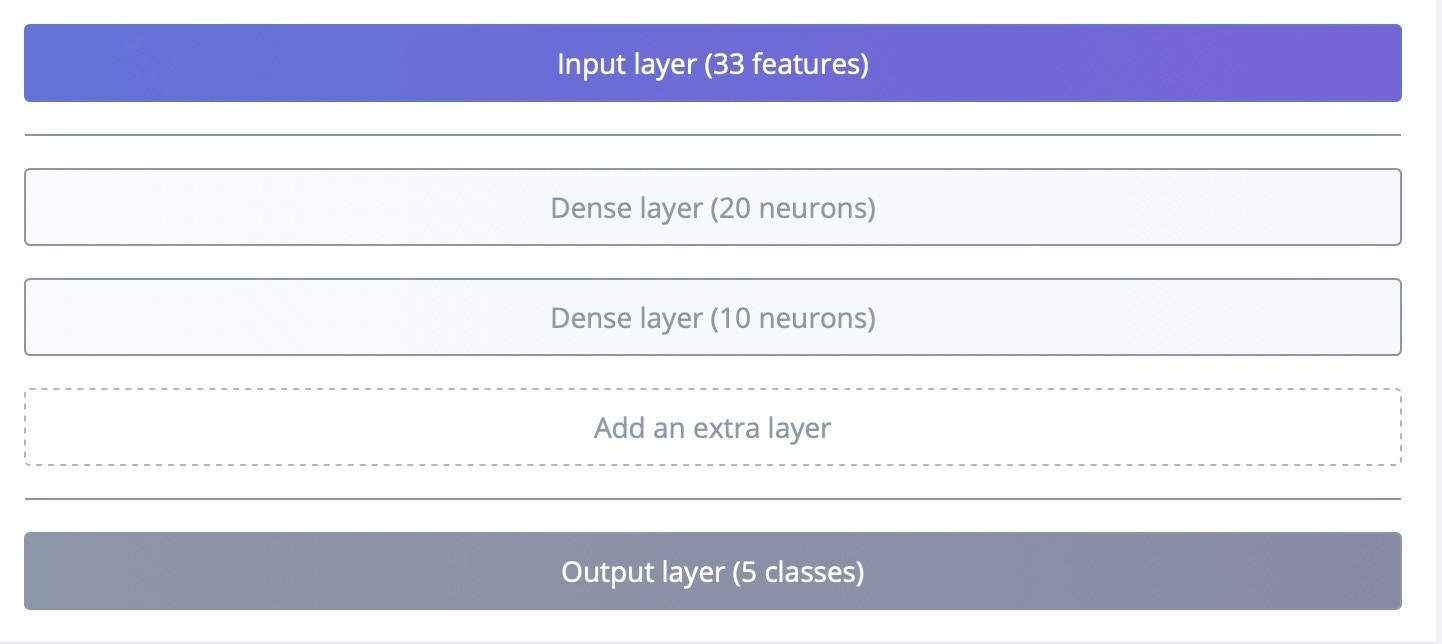

Model Accuracy
After training, the model achieved 100% accuracy, and the F1 score is listed below: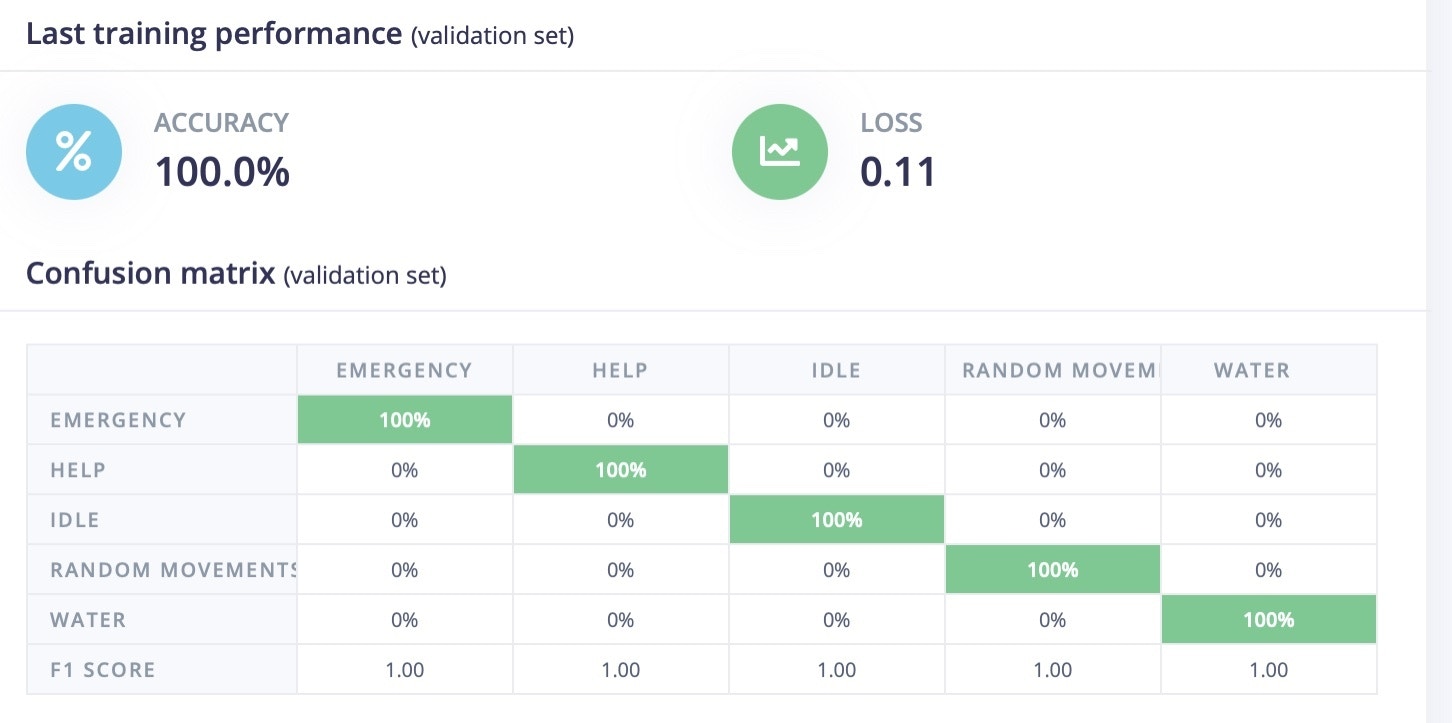
Model Testing
In Model testing, I have used the Testing data that we set aside earlier. The model achieved 96% in model testing data. This data was completely new and not used in training sessions. The decrease in model accuracy that we noticed does sometimes happen, in this case it looks like some of the “Random” movements were identified as “Help” actions.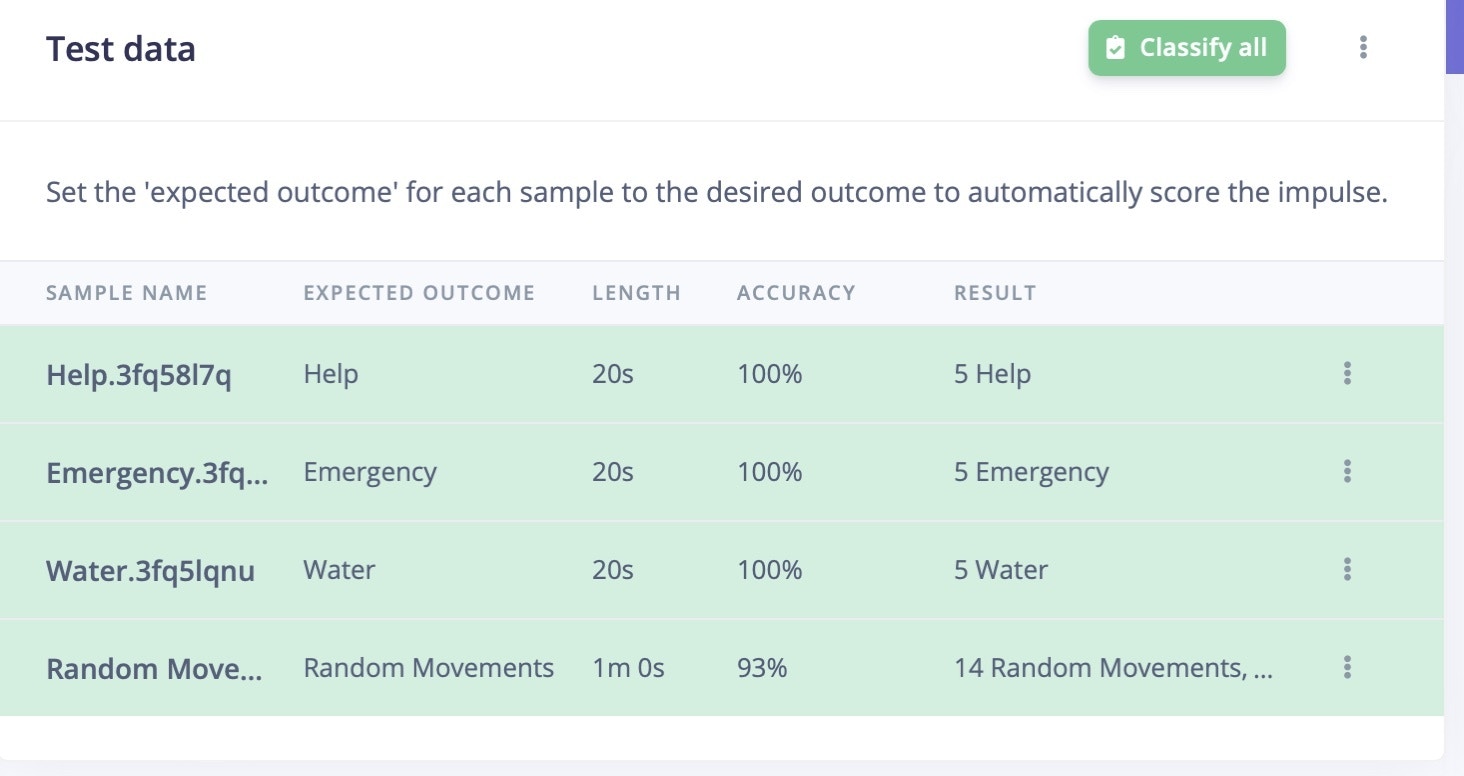
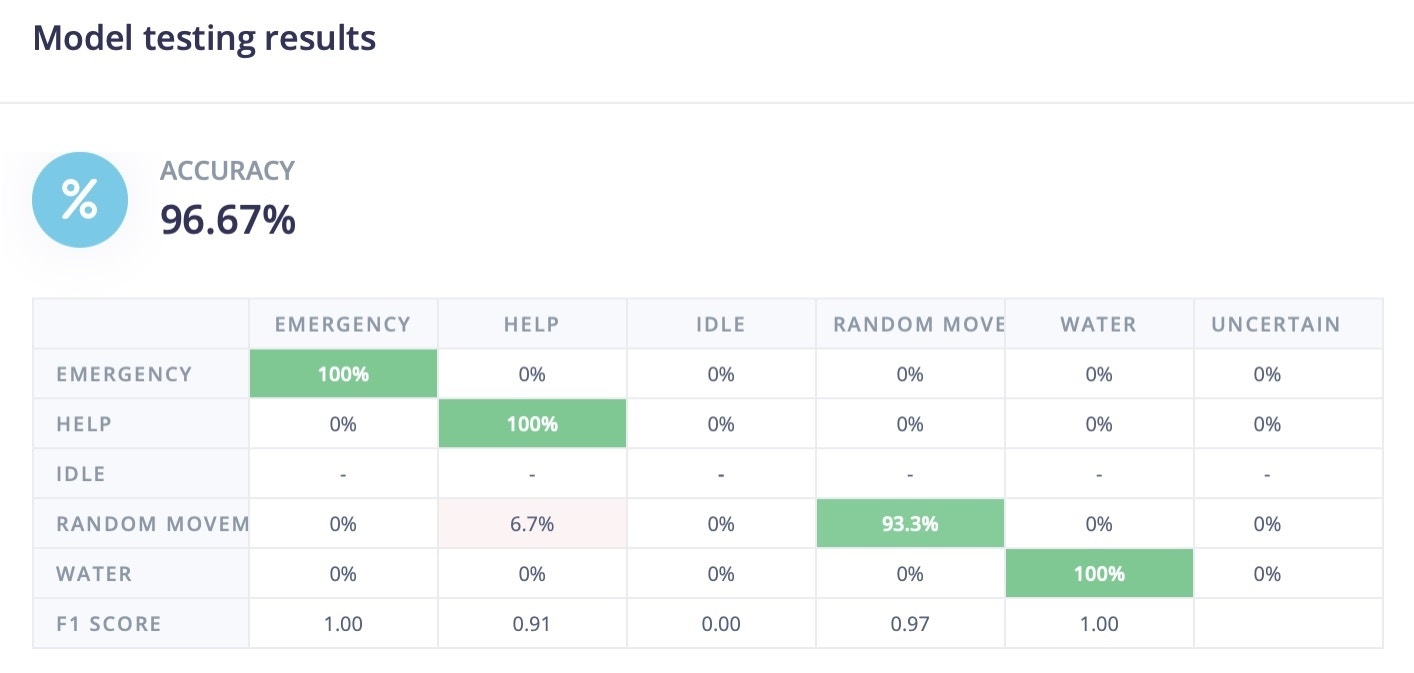
Deployment
Go to the Deployment section and select Firmware option - Thunderboard Sense 2. This will download the firmware to your system. Once the Firmware file is downloaded, copy the.bin file and paste it in the TB004 drive. This will flash the software onto the Thunderboard Sense 2 board. Once it is flashed, reset the board. Connect the 3v battery into it.

Testing the Device
To test out a real scenario, download the LightBlue App from the Apple App Store or Google Play Store. This app will be used to communicate with the Thunderboard Sense 2. Open the App and connect to the Edge Impulse service (Make sure board is powered up). Change a few settings in the app:- Subscribe to the 2A56 characteristic.
- Decode the message as UTF8 (click on HEX in the top right corner in LightBlue to switch).
- Connect the wearable to your finger and start performing the different gesture actions.
